At a Glance
Quick Tips
- Be prepared to take plenty of time to hunt this district
- Tire chains are recommended late in the season
- Keep a clean camp area, many black and some grizzly bears in the area


Hunters discussing Montana's Hunt District 104 highlight it as a challenging area with dense, overgrown forest, demanding extensive scouting and significant effort to succeed. A past successful hunter shared his experience, noting the need for perseverance with extended scouting and hunting periods, emphasizing the difficulty with an average of 10 miles traveled per day. The interactions in the comments reflect a strong community desire for shared knowledge, with many current tag holders seeking advice and offering direct contact to discuss strategies and experiences. This suggests that while the terrain presents considerable challenges, there is good camaraderie and support among hunters to aid each other's success in navigating and preparing for the hunt in this district.
Hunt District 104 is a relatively small unit that borders Idaho in the northwest corner of Montana. This area has limited road access and can has plenty of access options for anyone. This area is densely vegetated and glassing spots can be few and far between.
This area has produced some giant bulls in the past although trophy potential has seen a dip in recent years. Much of this area is remote and bulls have the opportunity to grow and old.
This district can be more physically demanding than some of the other moose hunt districts. There is limited road access with most the access points being trails, horses are recommended. There is significant elevation gain with the unit being part of the Cabinet Mountains. Heavily forested timber may cause frustration if not used to hunting this type of terrain.
This area is largely public land but also largely remote. Hunters on foot will be limited on areas they can access simply because packing a moose out will require an intense amount of physical effort. This can be a great area for those with livestock.
In the higher elevations there will be some subalpine meadows and high altitude lakes. Mid elevations to the valleys have dense forest cover from both trees and brush. Some of the tree species within the area are douglas fir, engelmann spruce, subalpine fir, grand fir, western larch, lodgepole pine, aspen, cottonwood, ponderosa pine, hemlock, pacific yew and many different species of brush. This forest receives lots of precipitation and has a dense understory of brush.
The best bet for modern lodging options will be found in Troy on the north end of the unit. A wider selection of lodging and amenities can be found in Libby, just east of the unit. Camping is also an option, there are many dispersed campsites and several established sites throughout the area. If camping, maintain a clean camp area, and read local regulations on bear safety.
Roughly 183 square miles
75.7% public land
Elevations from 1,900-6,950 feet